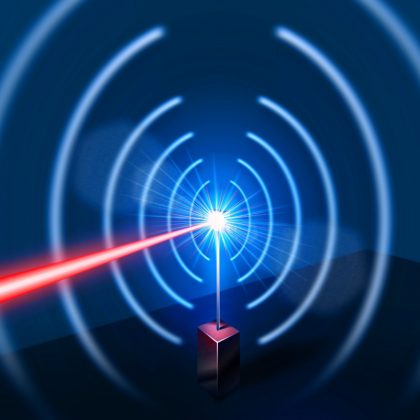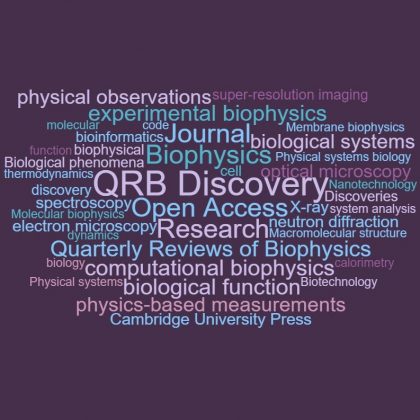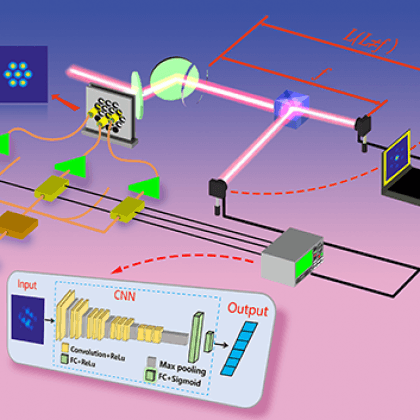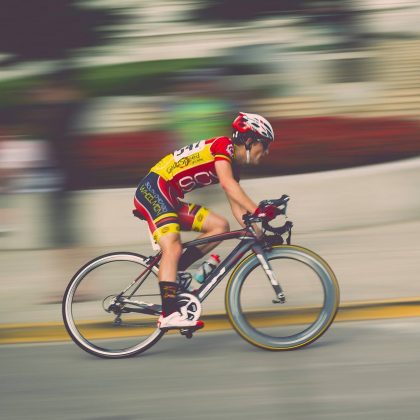On the Cover of HPL: Ultra-broadband near-infrared NOPAs based on the nonlinear crystals BiBO and YCOB
Ultrashort and broadband laser sources are formidable tools for a wide range of scientific areas. In the field of ultrafast science, laser pulses lasting only a few optical cycles are used to generate secondary sources employed in probing matter at atomic scales. Such sources are also widely adopted in applications in ultrafast spectroscopy, pump-probe in chemistry, and optical coherence tomography among many other fields.













